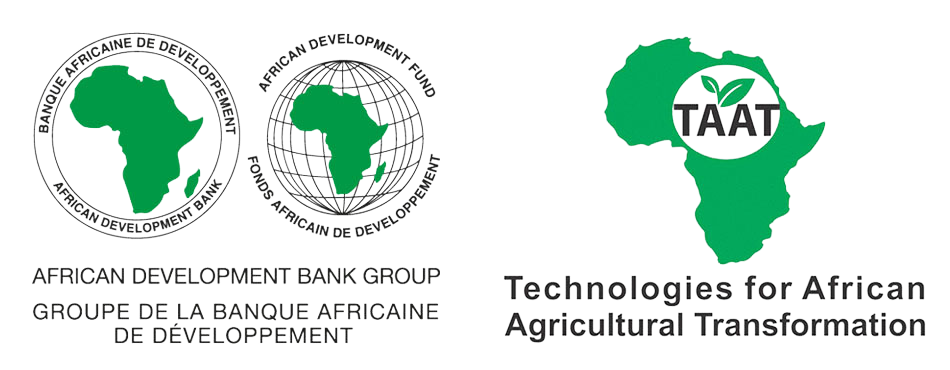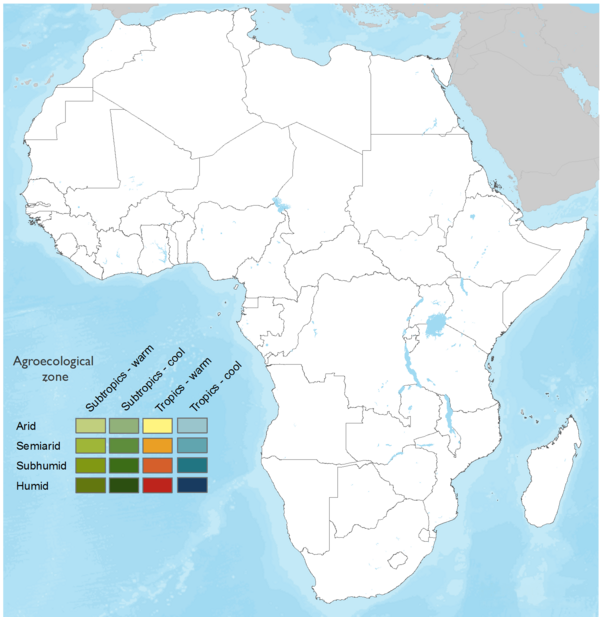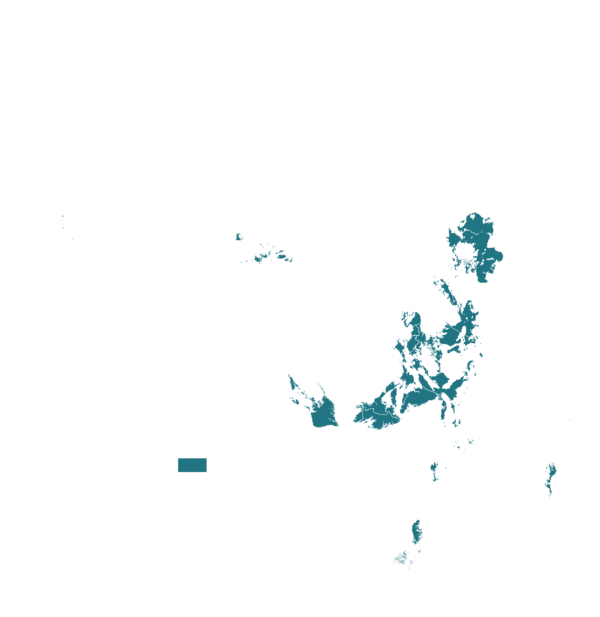

Boost your Bean Production Yield
Specialty Fertilizer Blends for Common Bean are custom-made fertilizers that offer a balanced combination of essential nutrients such as nitrogen, phosphorus, potassium, and sulfur. These nutrients address the deficiencies commonly observed in soils in Sub-Saharan Africa. By utilizing fertilizers and manufacturing resources available in the region, these specialized blends are formulated to cater to the specific needs of common bean farming under various conditions. This strategy promotes the efficient and sustainable use of nutrients within the farming system, enhancing root growth, bean filling, and overall crop health.
This technology is TAAT1 validated.
Adults 18 and over: Positive high
The poor: Positive medium
Under 18: Positive low
Women: Positive low
Climate adaptability: Highly adaptable
Farmer climate change readiness: Significant improvement
Biodiversity: Positive impact on biodiversity
Carbon footprint: Same amount of carbon released
Environmental health: Greatly improves environmental health
Soil quality: Improves soil health and fertility
Water use: Same amount of water used
In the near future, this section will provide an overview of this technology's success in various contexts, details on partners offering technical support, training, and implementation monitoring, along with other valuable insights for your projects and programs. These details will be added progressively.
In the meantime, use the 'Request information' button if you need to contact us.
Unknown
| Country | Testing ongoing | Tested | Adopted |
|---|---|---|---|
| Ghana | –No ongoing testing | Tested | Adopted |
| Kenya | –No ongoing testing | Tested | Adopted |
| Nigeria | –No ongoing testing | Tested | Adopted |
| Rwanda | –No ongoing testing | Tested | Adopted |
| Tanzania | –No ongoing testing | Tested | Adopted |
| Uganda | –No ongoing testing | Tested | Adopted |
This technology can be used in the colored agro-ecological zones. Any zones shown in white are not suitable for this technology.







| AEZ | Subtropic - warm | Subtropic - cool | Tropic - warm | Tropic - cool |
|---|---|---|---|---|
| Arid | – | – | – | – |
| Semiarid | – | – | – | – |
| Subhumid | – | – | ||
| Humid |
Source: HarvestChoice/IFPRI 2009
The United Nations Sustainable Development Goals that are applicable to this technology.

The procedures for utilizing specialty fertilizer blends for common beans are:
1. Soil Assessment: Begin by assessing the nutrient status of your specific growing area. Soil maps and past agronomic trials can provide initial information, but it's advisable to conduct soil testing to determine the exact nutrient deficiencies and imbalances.
2. Formulation Development: Use the information from soil assessments and existing knowledge to develop a blended fertilizer formulation tailored to common beans. These formulations should include essential nutrients like phosphorus, potassium, sulfur, and potentially starter nitrogen.
3. Ingredient Availability: Ensure that the individual components required for the specialized blend, such as different single fertilizers, are readily available.
4. Manufacturing: Specialty blended fertilizers are typically produced using a dry rotary system, available in medium to large sizes. Manufacturers combine the selected components to create the formulated blend.
5. Packaging: The resulting specialty fertilizer blend should be packaged into sizes suitable for farmers, making it convenient for application.
6. Accessing Specialty Blends: While specialized fertilizer blends for legumes like common beans are increasingly available in Africa, they may only be manufactured by a limited number of fertilizer companies. Seek out reliable sources for these blends.
Last updated on 28 November 2025